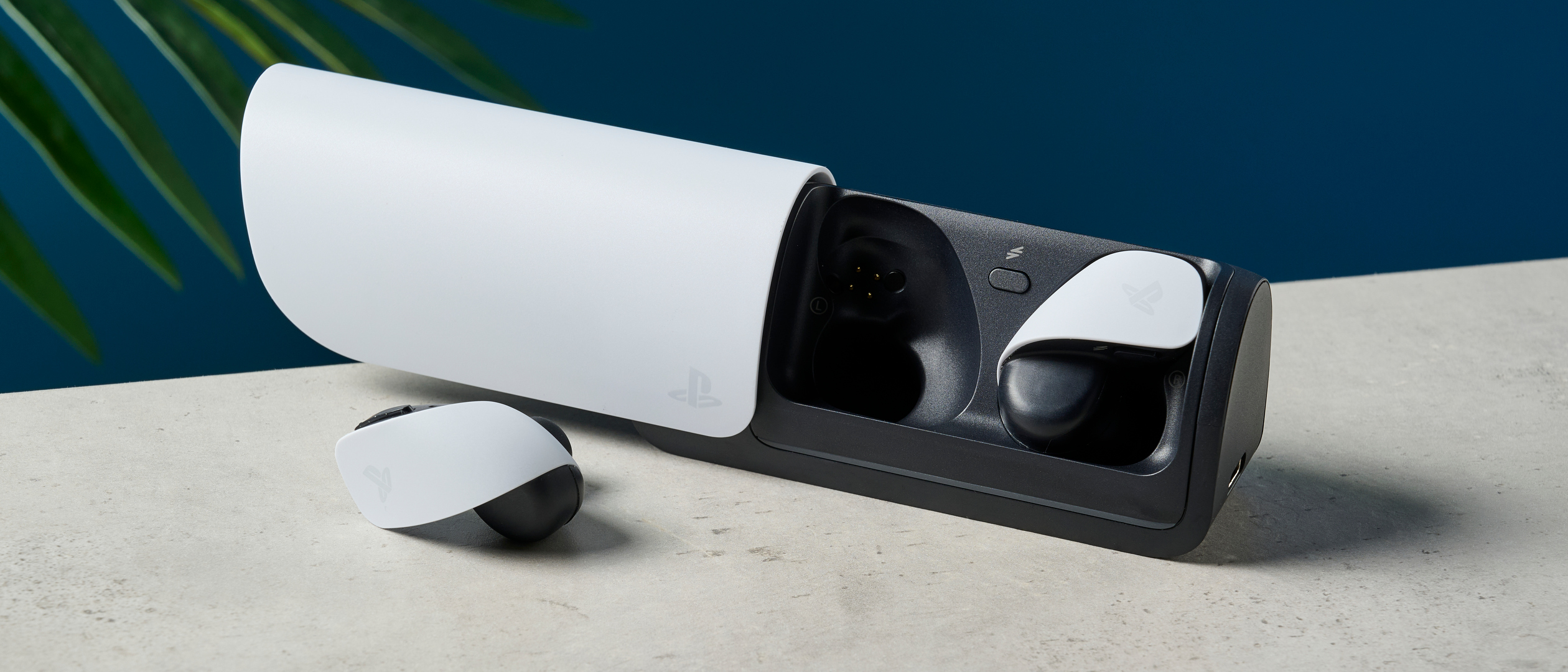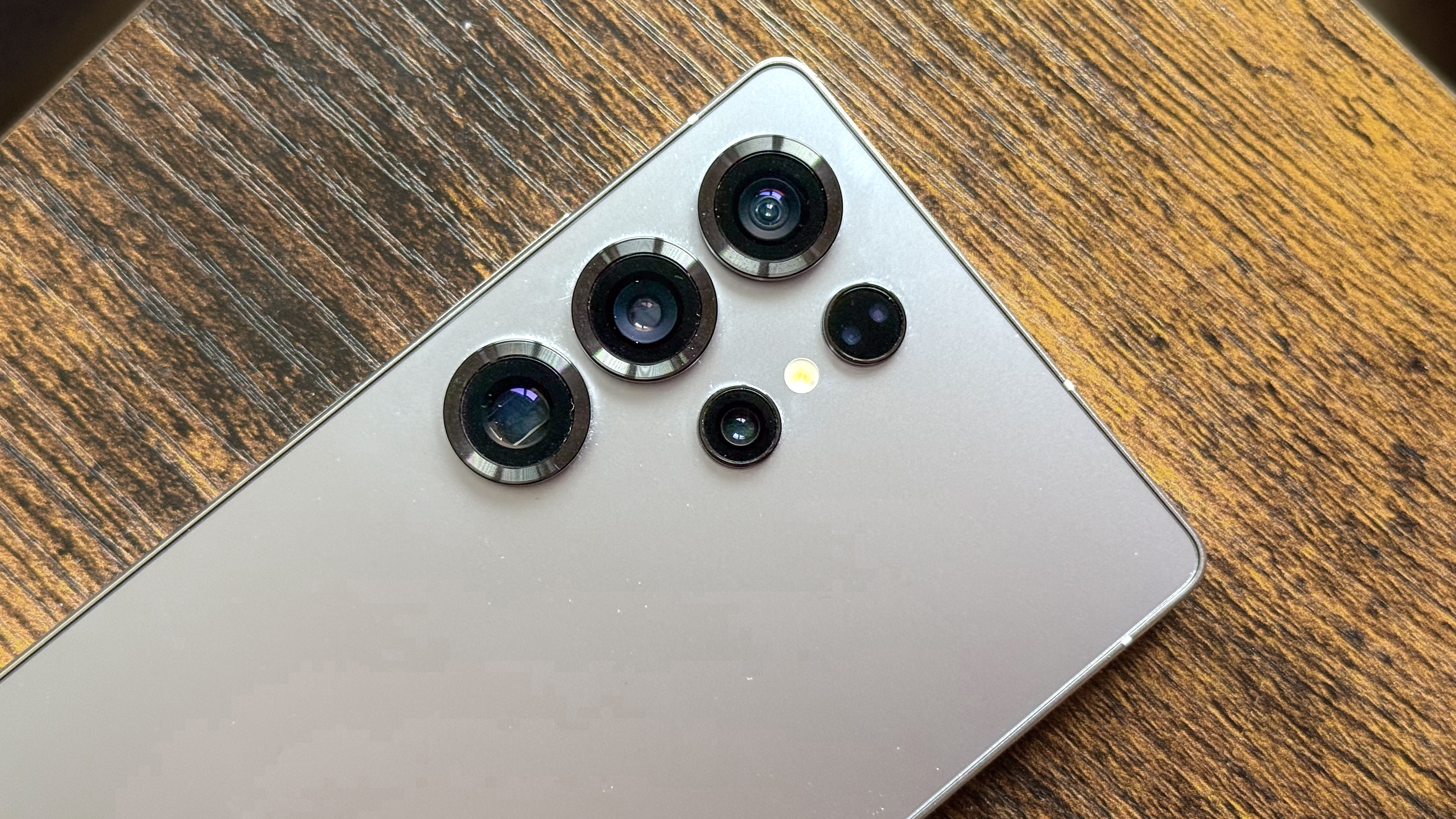Tom's Guide Verdict
The Sony PlayStation Pulse Explore boast immersive in-game audio thanks to the planar magnetic drivers, and the fully customizable 3D audio profiles and multipoint connectivity truly elevate your gaming experience. They’re also extremely comfortable to wear during long gaming sessions. But the battery life could be better, as could a couple of the physical aspects.
Pros
- +
Comfortable
- +
Immersive in-game audio
- +
Great music quality
- +
Customizable EQ
- +
Multipoint connectivity
Cons
- -
Bulky case
- -
Confusing controls
- -
Poor battery life
Why you can trust Tom's Guide
Need help deciding between the PlayStation Pulse Explore and the Pulse Elite? Check out our PlayStation Pulse Explore vs. PlayStation Pulse Elite face-off to see which of the two comes out on top.
I’m an avid gamer, and I primarily play on my PlayStation 5. When I’m not working, I can be found sinking hundreds of hours into the likes of Baldur’s Gate 3, Alan Wake 2, and other of the best PS5 games. Audio is a big part of the gaming experience, so you need one of the best gaming headsets. How about the Sony PlayStation Pulse Explore wireless earbuds then?
Talk about immersive audio! The Pulse Explore buds boast exceptional sound quality across first-person shooters, third-person RPGs, horror, and racing games. Customizable EQ and 3D audio profiles combined with planar magnetic drivers deliver an outstanding gaming experience, and you’ll find yourself wondering if you’re actually swinging alongside everyone's favorite Wall-Crawler in the exceptional Marvel’s Spider-Man 2. You’ll also be satisfied with how songs sound through these. But at the steep price of $199, I’d expect battery life to be better.
Want to know more? Read my full Sony PlayStation Pulse Explore review for all the deets.
Sony PlayStation Pulse Explore review: Cheat Sheet
- What are they? Very comfortable wireless gaming earbuds
- Who are they for? Anyone who owns a PS5, PS5 Slim or PlayStation Portal… and has a couple hundred dollars to spare
- How much do they cost? The Sony PlayStation Pulse Explore are available for $199 / £199
- What do we like? They boast immersive in-game audio, are very comfortable, feature multipoint connectivity, and the EQ can be customized
- What don’t we like? The bulky case, confusing controls, and the disappointing battery life
Sony PlayStation Pulse Explore review: Specs
| Specs | Sony PlayStation Pulse Explore |
|---|---|
| Price | $199 / £199 |
| Colors | White/black |
| Battery life (rated) | 5 hours, 10 hours (charging case) |
| Connectivity | Bluetooth, Link dongle |
| Drivers | Planar magnetic |
| Paired devices max | 2 |
| Multipoint connectivity | Yes |
| Platforms | PS5, PS4, PS Portal, macOS, Windows |
| Earbuds size | 1.25 x 1.25 x 1.25 inches |
| Case size | 3.46 x 1.49 x 1.49 inches |
| Weight | 0.48 ounces (each earbud), 2.85 ounces (charging case) |
| Durability | Not specified |
Sony PlayStation Pulse Explore review: The ups
From immersive audio that takes “main character energy” to the next level, to amazing comfort levels and multipoint connectivity, the Sony PlayStation Pulse Explore are an absolute winner.
Comfy like none other
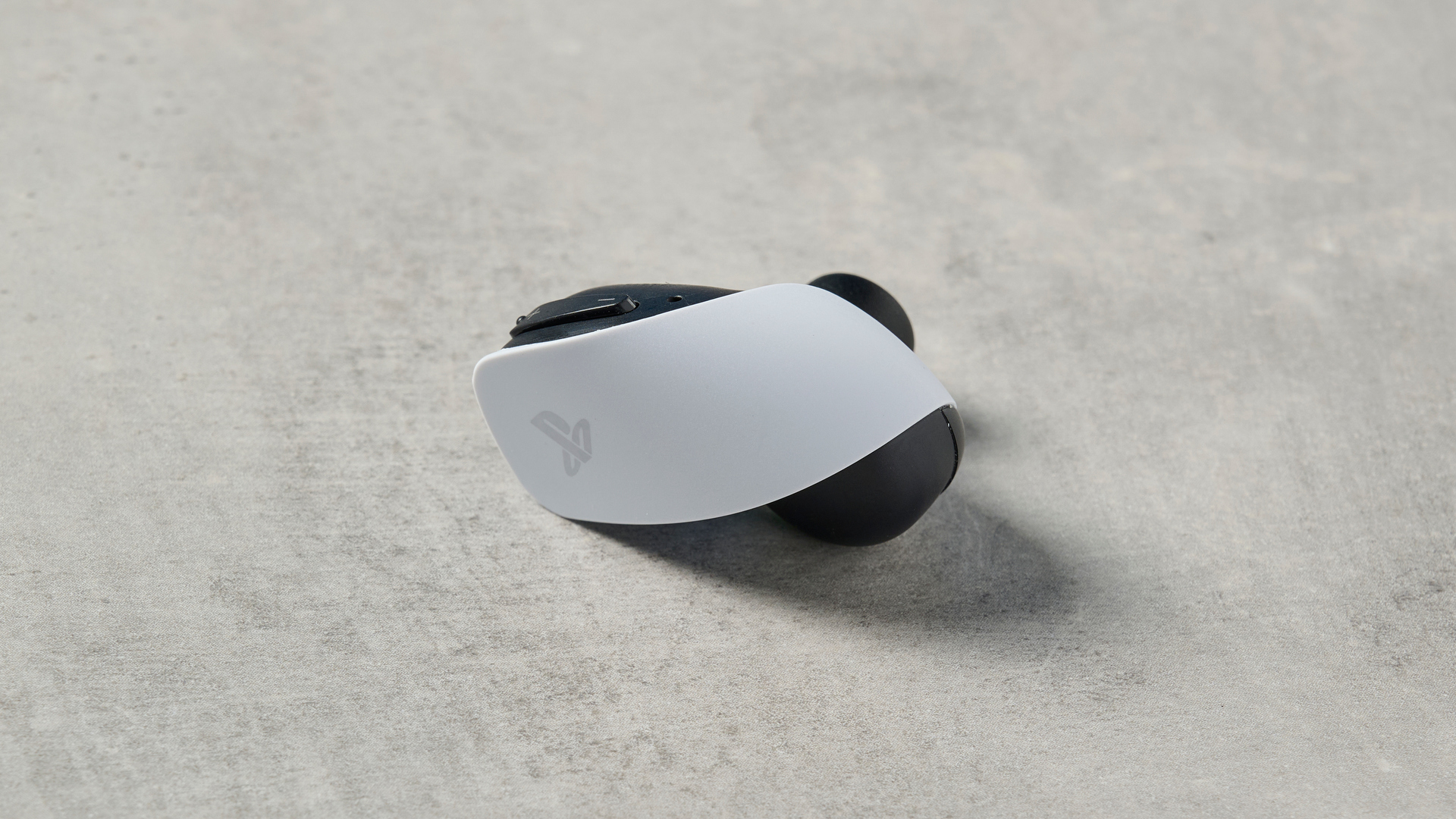
I won’t lie, when I first saw the Sony PlayStation Pulse Explore, I was skeptical how comfortable these buds would actually be, given their unique design. Somewhat awkwardly shaped, the Pulse’s form factor sacrifices practicality for the sake of standing out (more on this later). I was taken aback by how comfortable they are. Never judge a book by its cover, right?
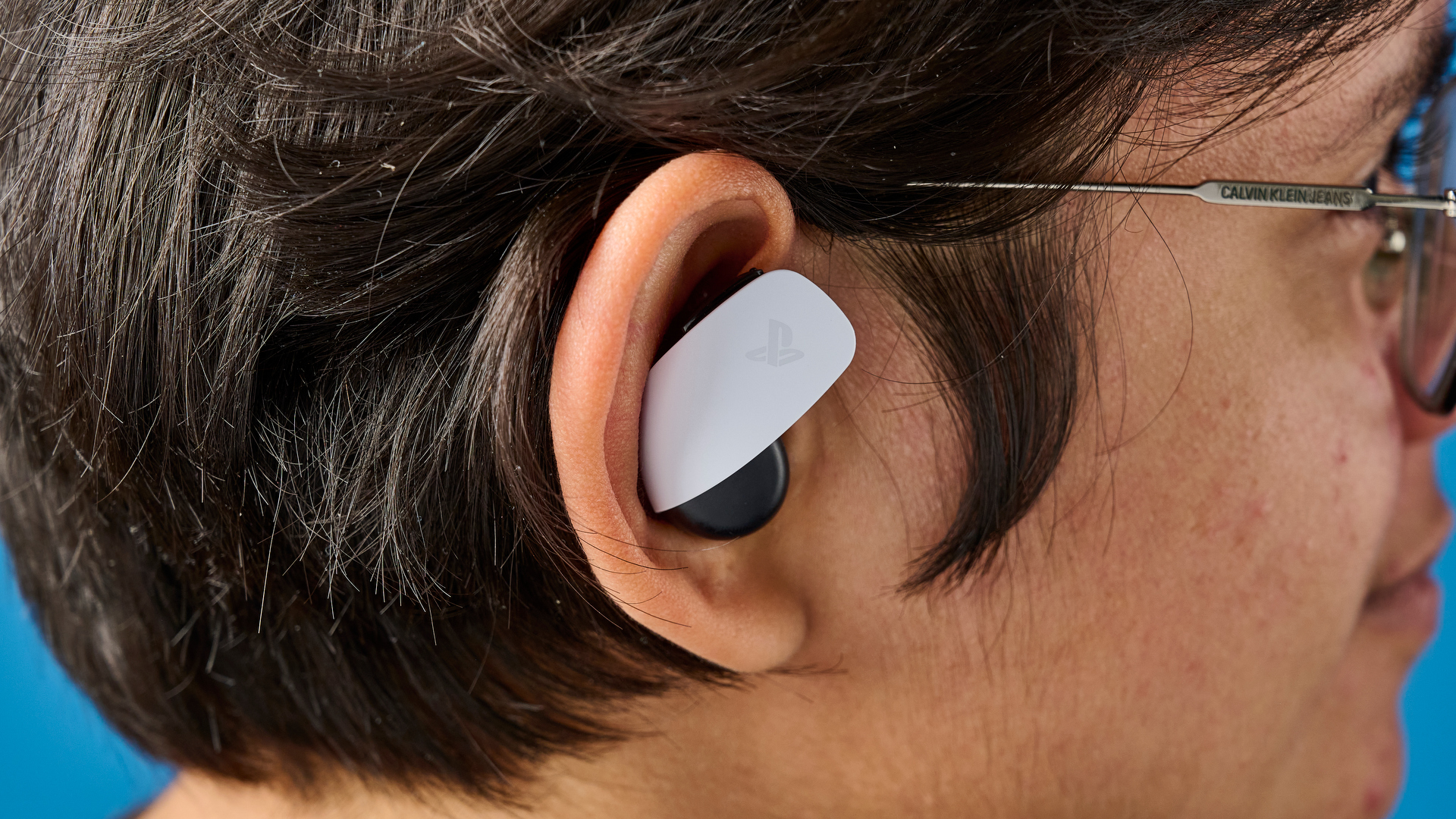
Having worn them for five consecutive hours before they had to go back into the case to charge (I’ll get to that later), I didn’t feel any discomfort. The design itself is cool and worthy of the PlayStation name — but some people might find it gimmicky.
Game on
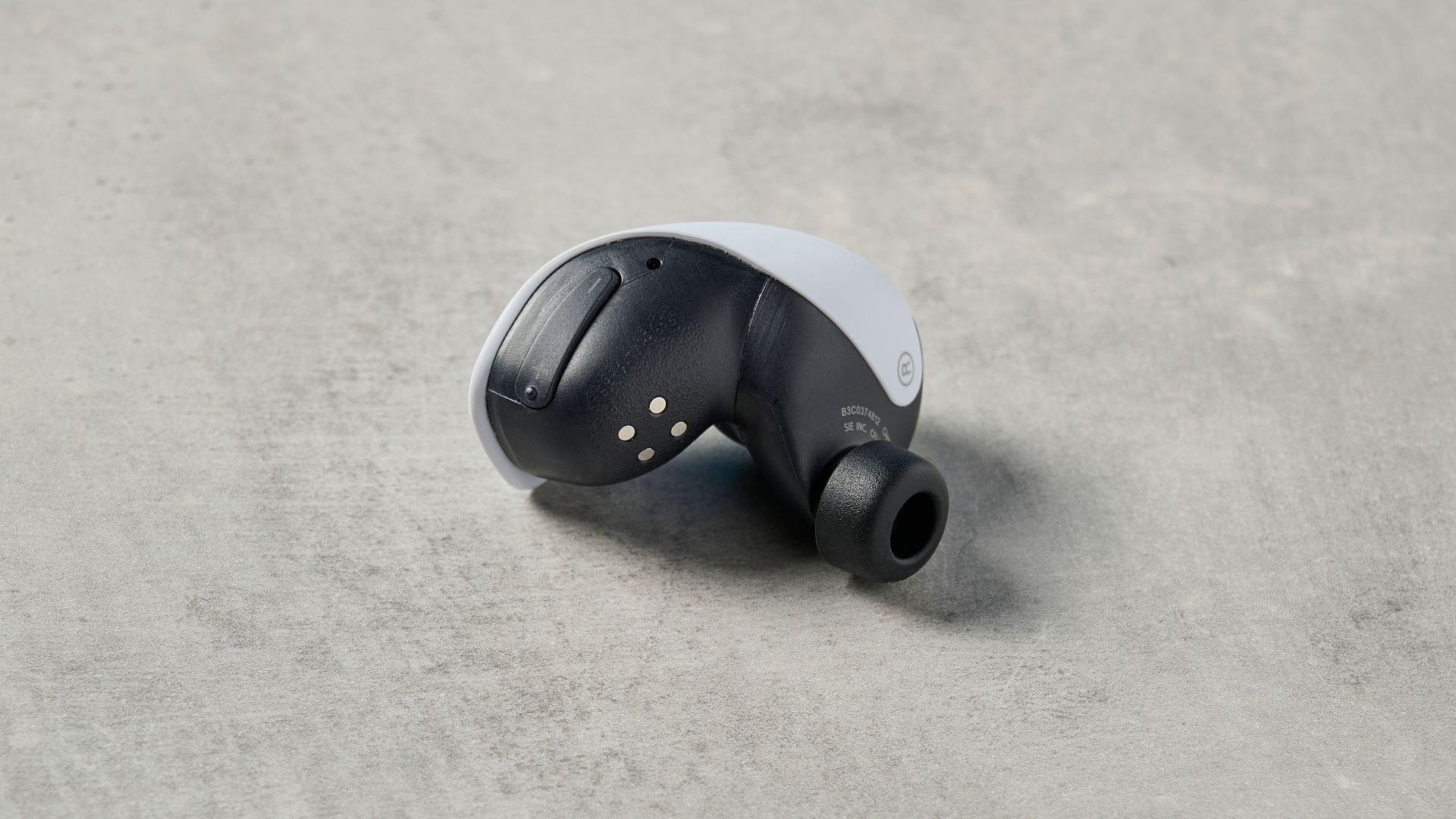
The Sony PlayStation Pulse Explore excel at what they set out to do: provide immersive in-game audio. Fitted with planar magnetic drivers that Sony says provide “near perfect accuracy across the entire audible spectrum,” the Pulse Explore buds truly enhance your gaming experience. I played Baldur’s Gate 3, Final Fantasy XV, NFS Heat, and Spidey’s previously mentioned sensational sandbox on my PS5 to test these.
The Pulse Explore buds feature spatial audio for supported games, but Sony doesn’t specify the list anywhere. Regardless, I jumped into FFXV and found that spatial audio works excellently, as the direction of the audio changes according to the direction you’re standing in. I could even hear the water gushing under Noctis’ feet, and when I hit triangle to warp-strike, the sound effects were incredibly amplified — was I…the one warping? It certainly felt like it.

Battles in both FFXV and BG3 sound much more immersive through the Pulse Explore. For instance, in BG3, I could clearly hear the arrow leave the bowstring, and the slashing action of a sword. Turning to NFS Heat next, hearing the Koenigsegg Regera’s engine rumble and the tarmac burning when I made a sharp turn made me feel like I was actually behind the wheel. Also, when I zoomed past other cars, I could hear the classic “vyooom”, which I absolutely loved.
Spatial audio really shines in Marvel’s Spider-Man 2 as well, with every web shot sounding crisp even over the amazing soundtrack that makes swinging from one end of New York City to the other an absolute blast.
And if you’re playing online co-op, you’ll be satisfied with the quality of the Pulse Explore’s two mics. My brother said my voice sounded clear and what you’d expect from earbuds. If you want the best mic quality, a gaming headset is the way to go, like the SteelSeries Arctis Nova 5 ($129) or the Sony Inzone H5 ($149).
Jamming out
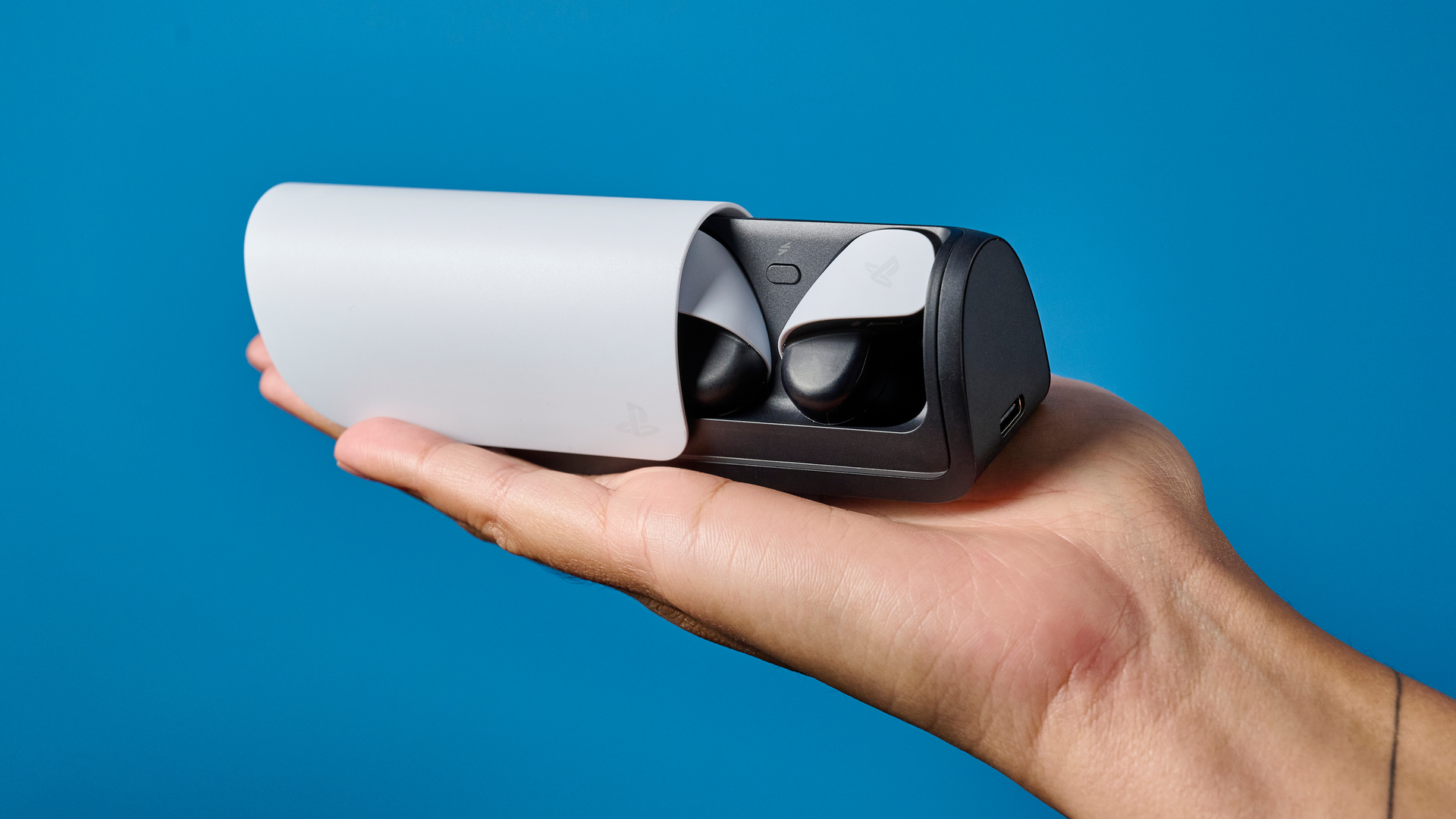
If I pay $199 for gaming earbuds, you’d better believe I’m going to use them for listening to music outside of gaming, too. The Sony PlayStation Pulse Explore buds don’t boast the greatest sound quality similar to the likes of the HP Poly Voyager Free 20 ($149) or the Sony LinkBuds S ($199), but they handle most frequencies well.
Bass notes in Twenty One Pilots’ “Pet Cheetah” thump in your ears, while Steven Wilson’s soft vocals in “Buying New Soul” sound crisp and clear. However, Four Tet’s “Three Drums” doesn't sound as good through these earbuds, as the audio profile feels flat and the multiple instruments merge into one. Still, the Pulse Explore will keep you satisfied.
Customizable audio profiles
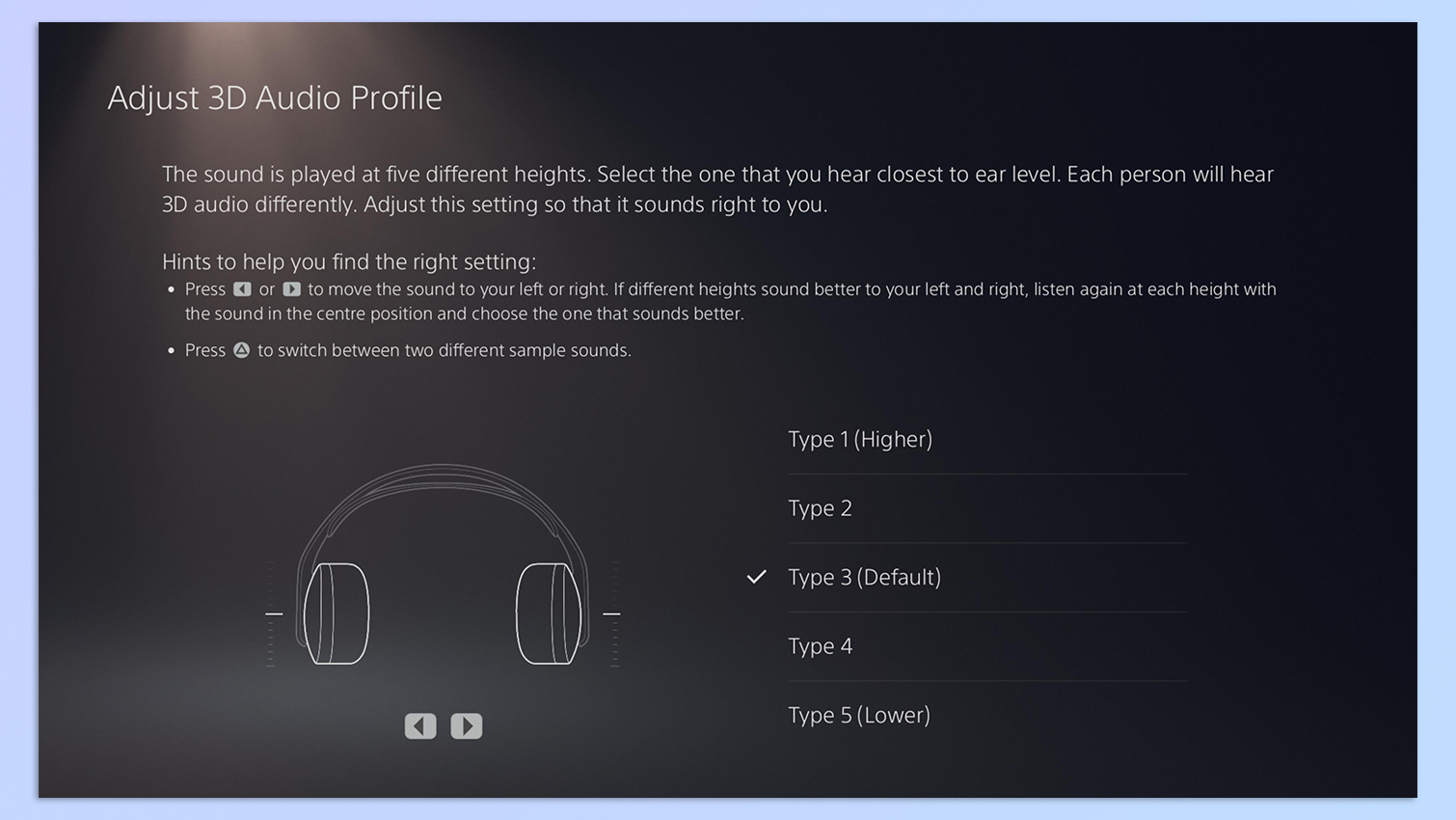
Using the Sony PlayStation Pulse Explore on my PS5 has given me a lot of control over the audio profiles. Via the PS5’s settings menu, not only can I change the sidetone volume, but I can also adjust the 3D audio profile. Sound is played at five different heights and you can adjust it to ensure it sounds the best for you.
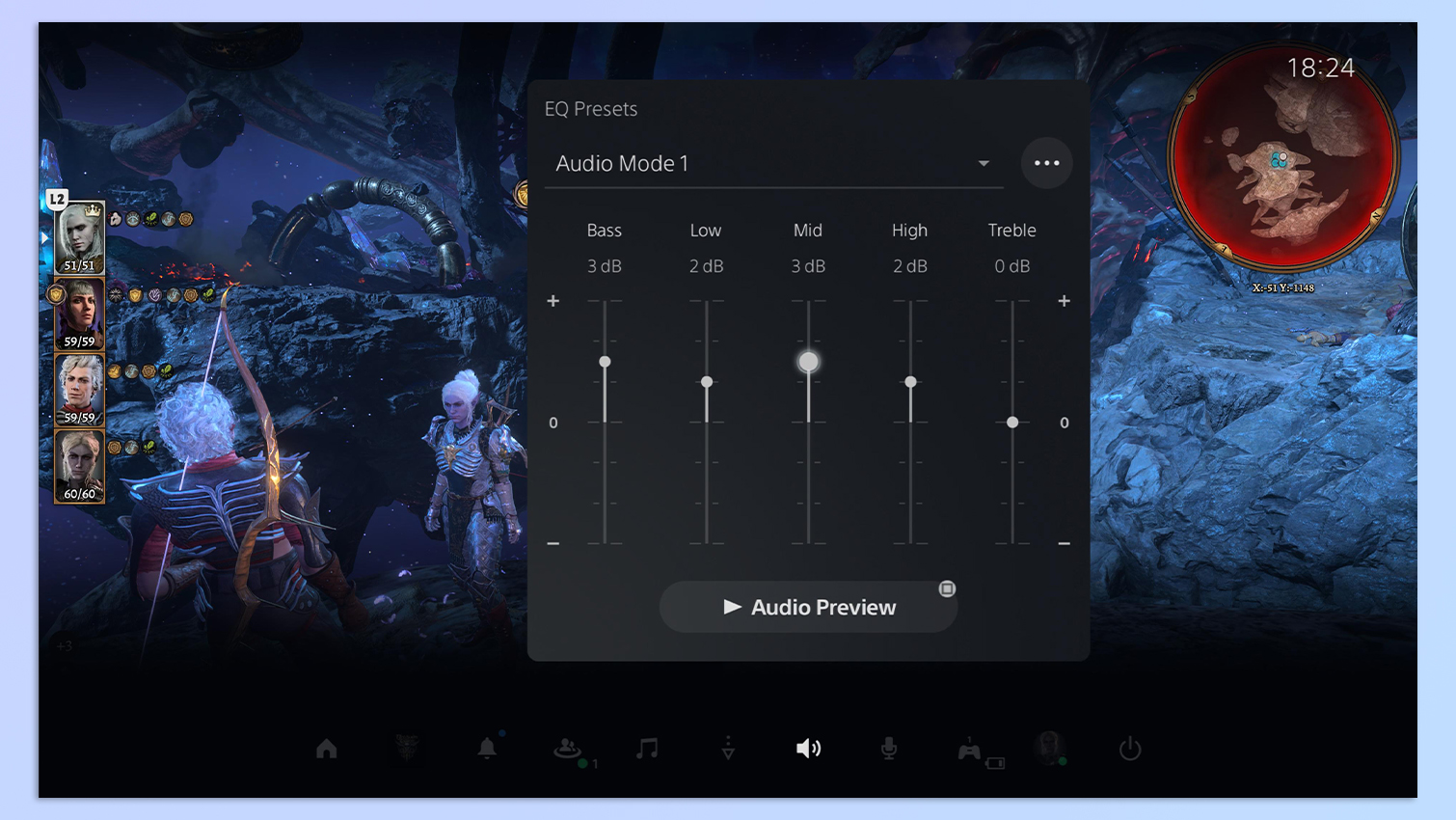
It’s also handy that you don’t need to quit your game and navigate to settings to edit the equalizer settings. Simply press the PS button on your controller and click on the sound icon and the quick settings menu will pop up. You can choose between standard, bass boost and shooter preset EQs, and you can even create your personalized EQ.
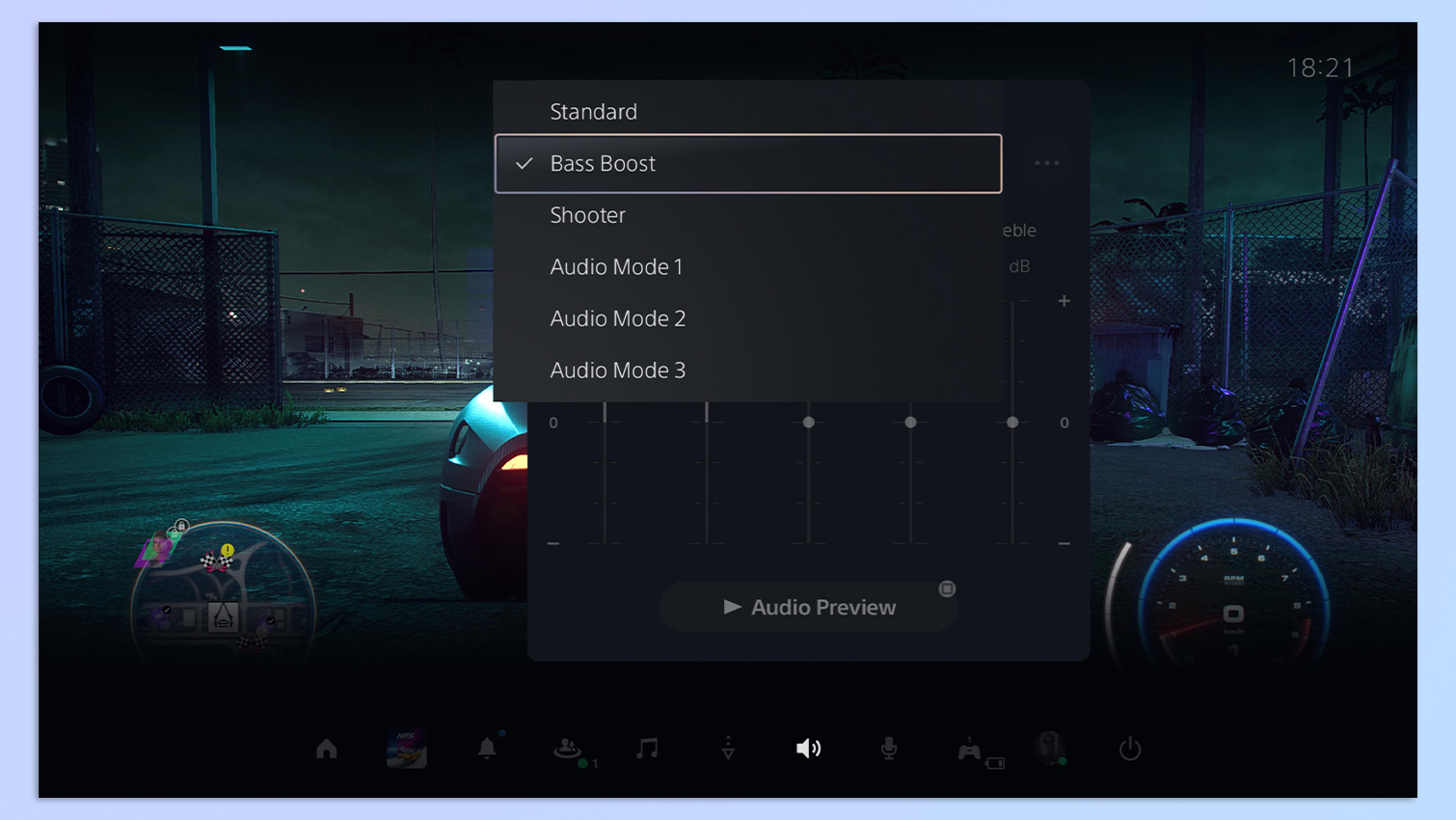
It isn’t as advanced as the SteelSeries Arctis Nova 5 which has 100+ game-tailored presets, but the Pulse Explore’s EQ still works very well. And trust me, you’re gonna wanna play the likes of Gran Turismo 7 with bass boost to really experience the game in all its glory.
Multipoint connectivity but better

There are two connectivity methods for the Sony PlayStation Pulse Explore: Bluetooth to connect to your phone, and a Link USB-A adapter. The earbuds support multipoint connectivity so you can seamlessly use up to two devices at once. And you know what’s better? You can continue using your phone to watch Instagram reels while the earbuds continue playing audio from the PS5 — and this is one of my favorite features.
The earbuds balance both audio sources extremely well as they never interfere with each other. Other Sony earbuds, like the WF-1000XM5 ($299), feature multipoint connectivity but you can only listen to one device at a time.
Sony PlayStation Pulse Explore review: The downs
As much as I love the Sony PlayStation Pulse Explore, they’re a couple of steps away from challenging the very best gaming headsets, and are slightly hamstrung by the placement of the physical buttons, their bulky case, and poor battery life.
Confusing controls placement
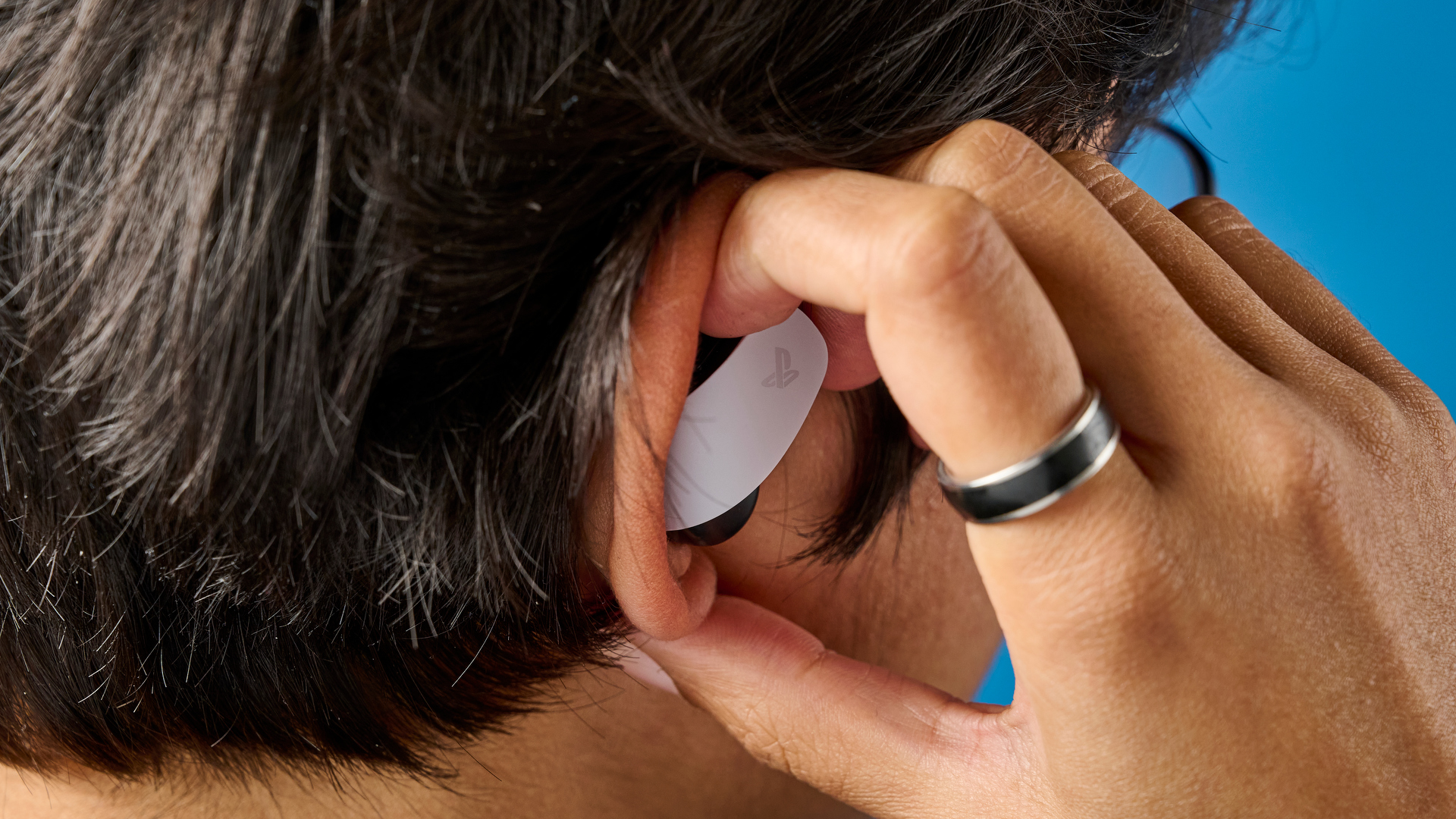
I’m a big fan of the Sony PlayStation Pulse Explore’s design, but why don’t these earbuds have touch controls? Fumbling with touch controls can be annoying when you’re in an online FPS match, but so is trying to change the volume via physical buttons. The volume controls are on the top of each earbud and it’s a pain trying to press them when the buds are, you know, in your ears.
The bottom of each bud hosts a Link button which toggles the connection between other Link-enabled devices. This button, again, is difficult to access. To change either the volume or the device, you’ll have to remove the earbud in most cases.

The bottom of each bud hosts a Link button which toggles the connection between other Link-enabled devices. This button, again, is difficult to access. To change either the volume or the device, you’ll have to remove the earbud in most cases.
Making a (big) case
The Sony PlayStation Pulse Explore’s charging case is big, to say the least, as it measures 3.46 x 1.49 x 1.49 inches. If it was slightly bigger, it would look identical to my mom’s glasses case. The case will fit into most pockets but it’s much bigger than the Apple AirPods (2019) case, for example.
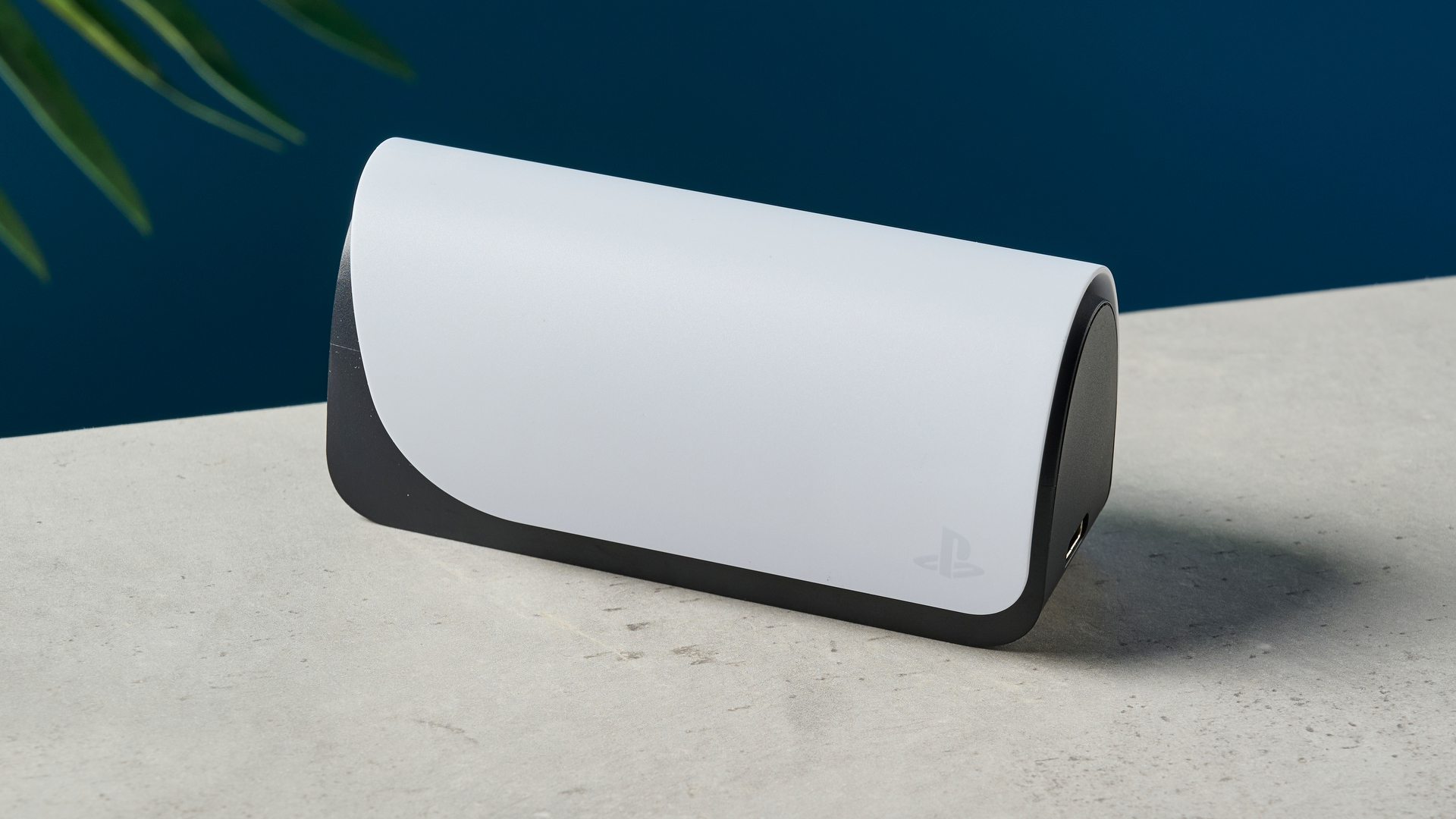
It also took me a while to acquaint myself with how the earbuds sit inside the case. That’s down to their design. Also, this isn’t the best built case. The sliding cover feels too plasticky and cheap, and not something you’d expect at this hefty price tag. That said, the case slides open smoothly and it’s very satisfying.
Running out of juice
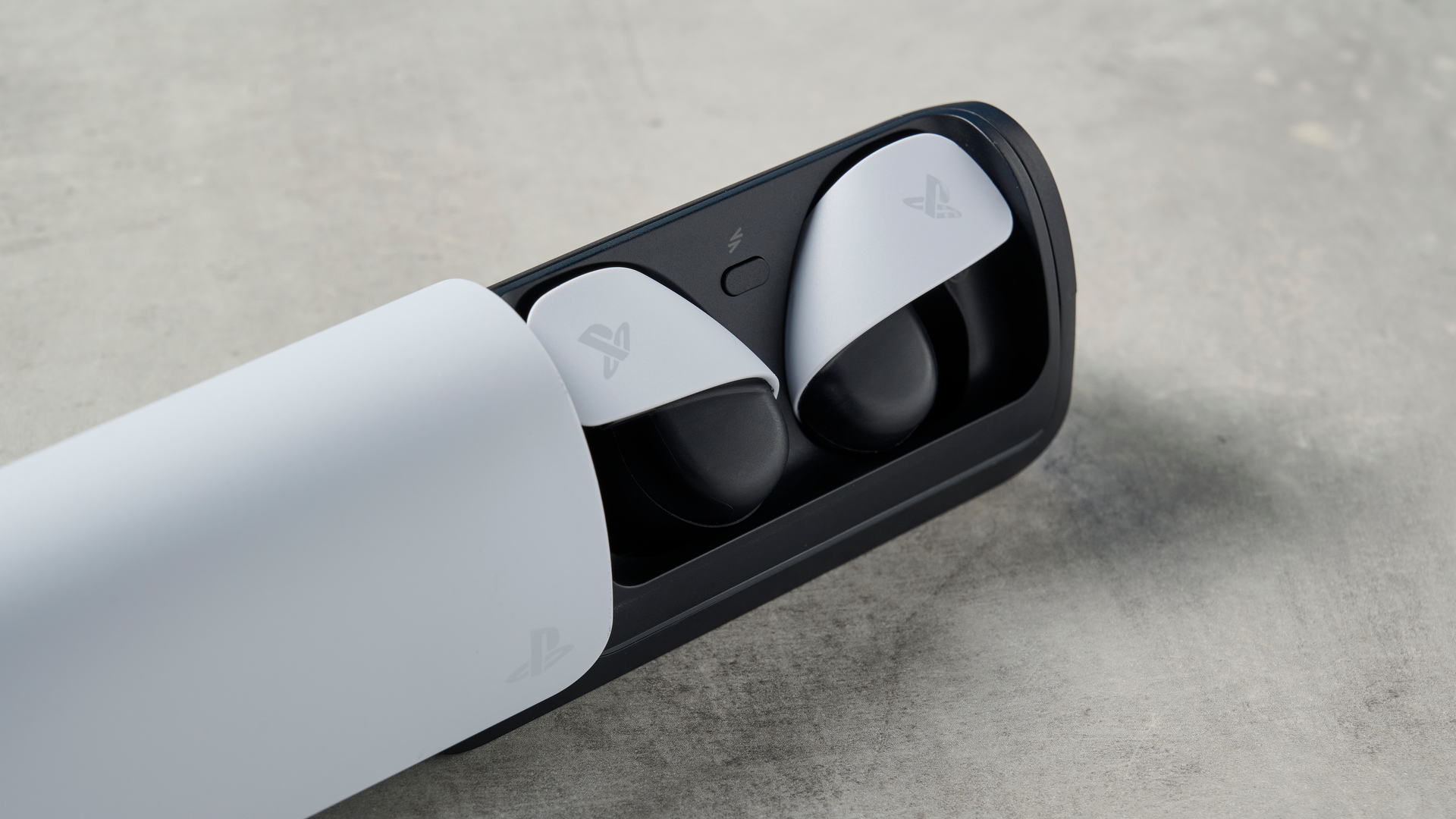
My last issue with the Sony PlayStation Pulse Explore is their battery life, which is bordering on abysmal. Sony claims these earbuds last up to 5 hours and the charging case gives an additional 10 hours of juice. I found it annoying that, in the middle of fighting daemons in FFXV, the Pulse Explore died, which ruined my immersion. The Sony InZone buds ($199), on the other hand, boast 12 hours of battery life, and 24 additional hours via the case.
The Pulse Explore’s case doesn’t support wireless charging either, which we’ve seen in even some of the best cheap wireless earbuds, like the EarFun Air Pro 3 ($79). At $199, Sony misses a trick here.
Sony PlayStation Pulse Explore review: Verdict
With their exceptional sound quality and spatial audio capabilities, the Sony PlayStation Pulse Explore wireless earbuds offer an impressive audio experience. These earbuds deliver a remarkable performance across various genres, from the precise gunshots in FPS titles to the immersive environments in RPGs and racing games. Their comfort is noteworthy, too, allowing for extended gaming sessions without discomfort. And while their design is unconventional, I’m a big fan of the sleek gamer look.

But these earbuds aren’t without their flaws. The battery life is disappointingly short, often interrupting gaming sessions and requiring frequent recharging. The placement of the buttons can feel cumbersome, detracting from the overall user experience, and the bulky charging case is inconvenient for portability.
Despite these drawbacks, the customizable EQ settings and multipoint connectivity offer valuable features for gamers who also use their earbuds outside of gaming. For their audio quality and comfort alone, the Pulse Explore warrant a recommendation. Ready to level up your audio game? Just hope you don’t get caught recharging mid-boss fight.

Nikita is a Staff Writer on the Reviews team at Tom's Guide. She's a lifelong gaming and photography enthusiast, always on the lookout for the latest tech. Having worked as a Sub Editor and Writer for Canon EMEA, she has interviewed photographers from all over the world and working in different genres. When she’s not working, Nikita can usually be found sinking hours into RPGs on her PS5, flying a drone (she's a licensed drone pilot), at a concert, or watching F1. Her work has appeared in several publications including Motor Sport Magazine, NME, Marriott Bonvoy, The Independent, and Metro.
